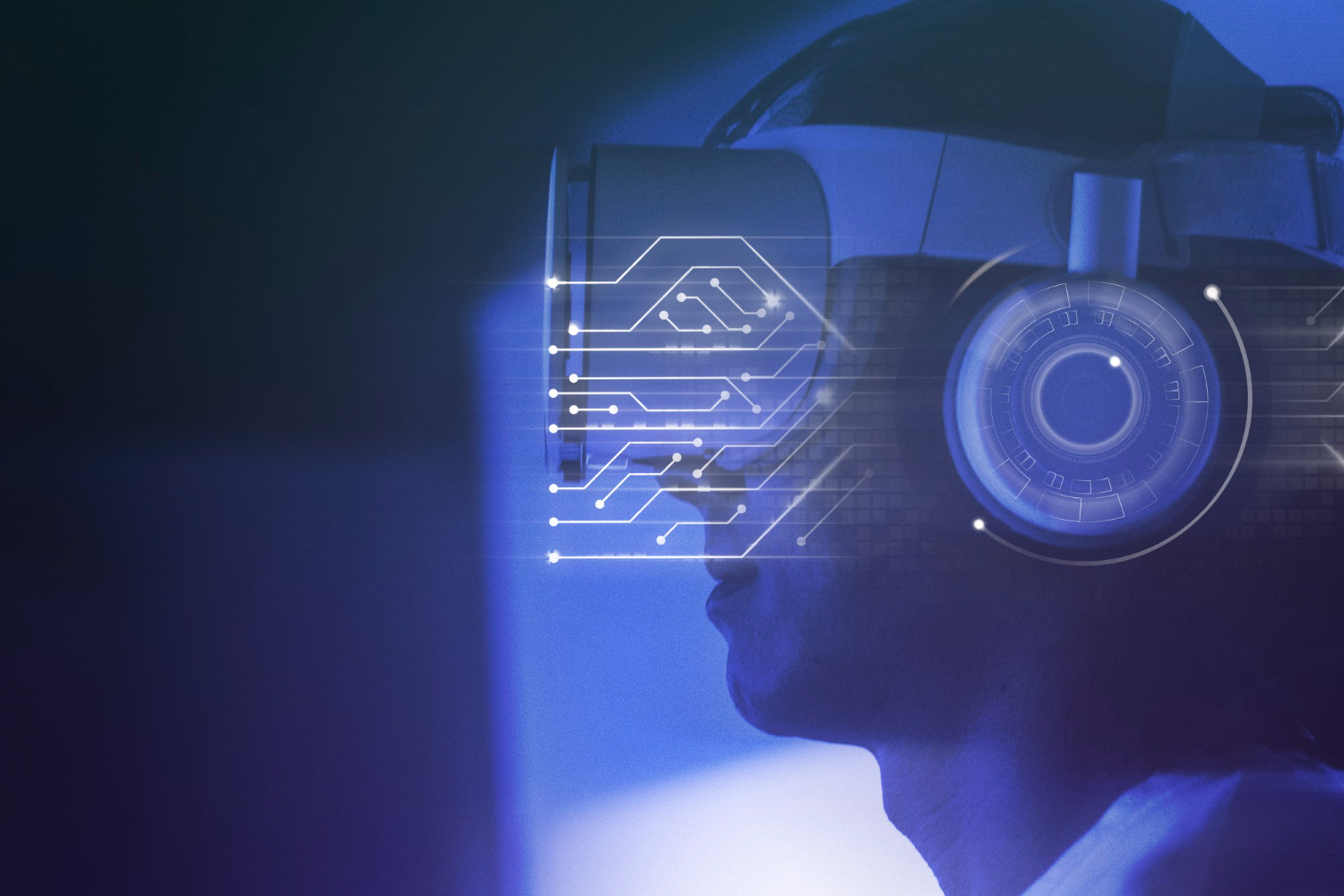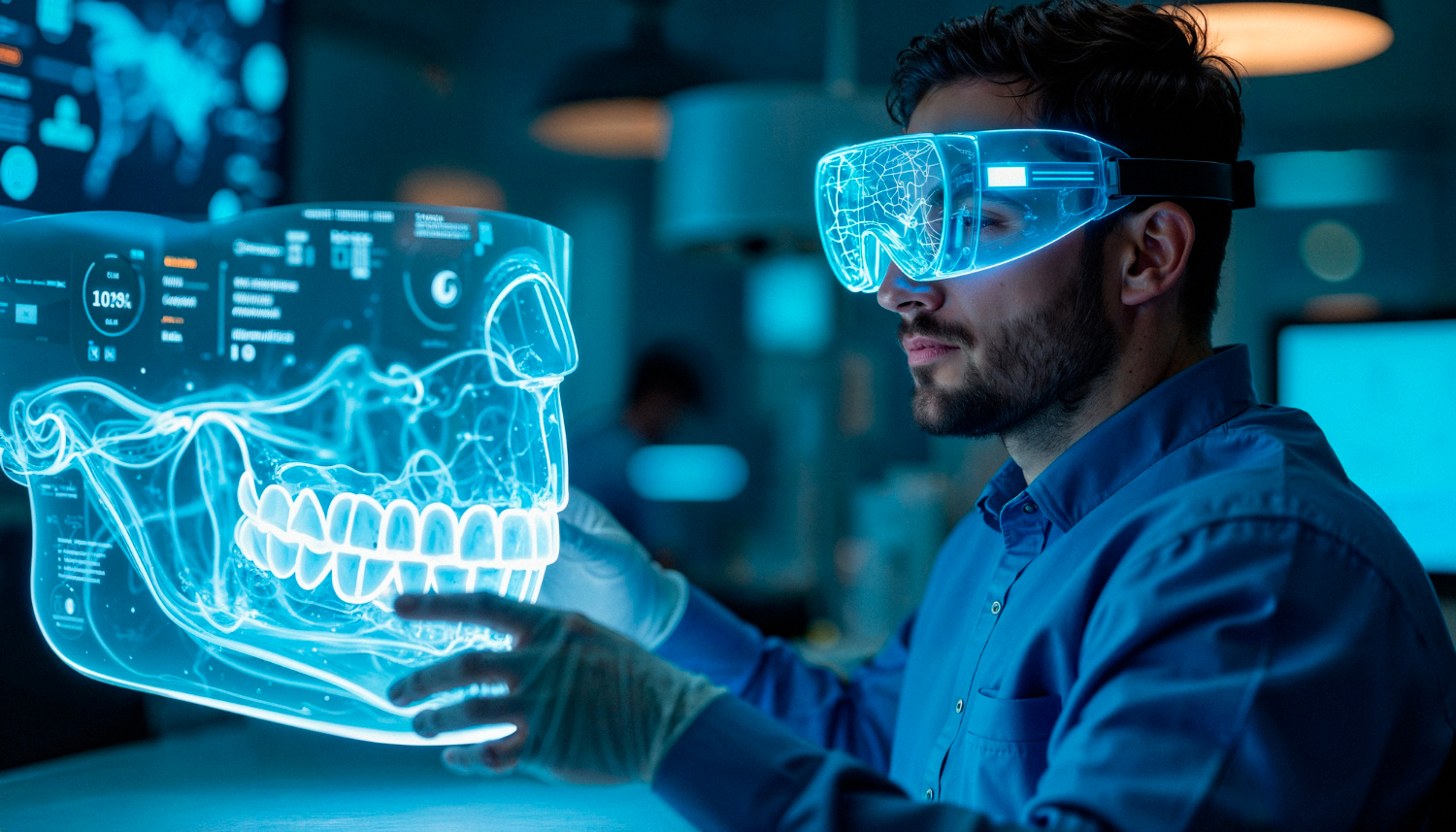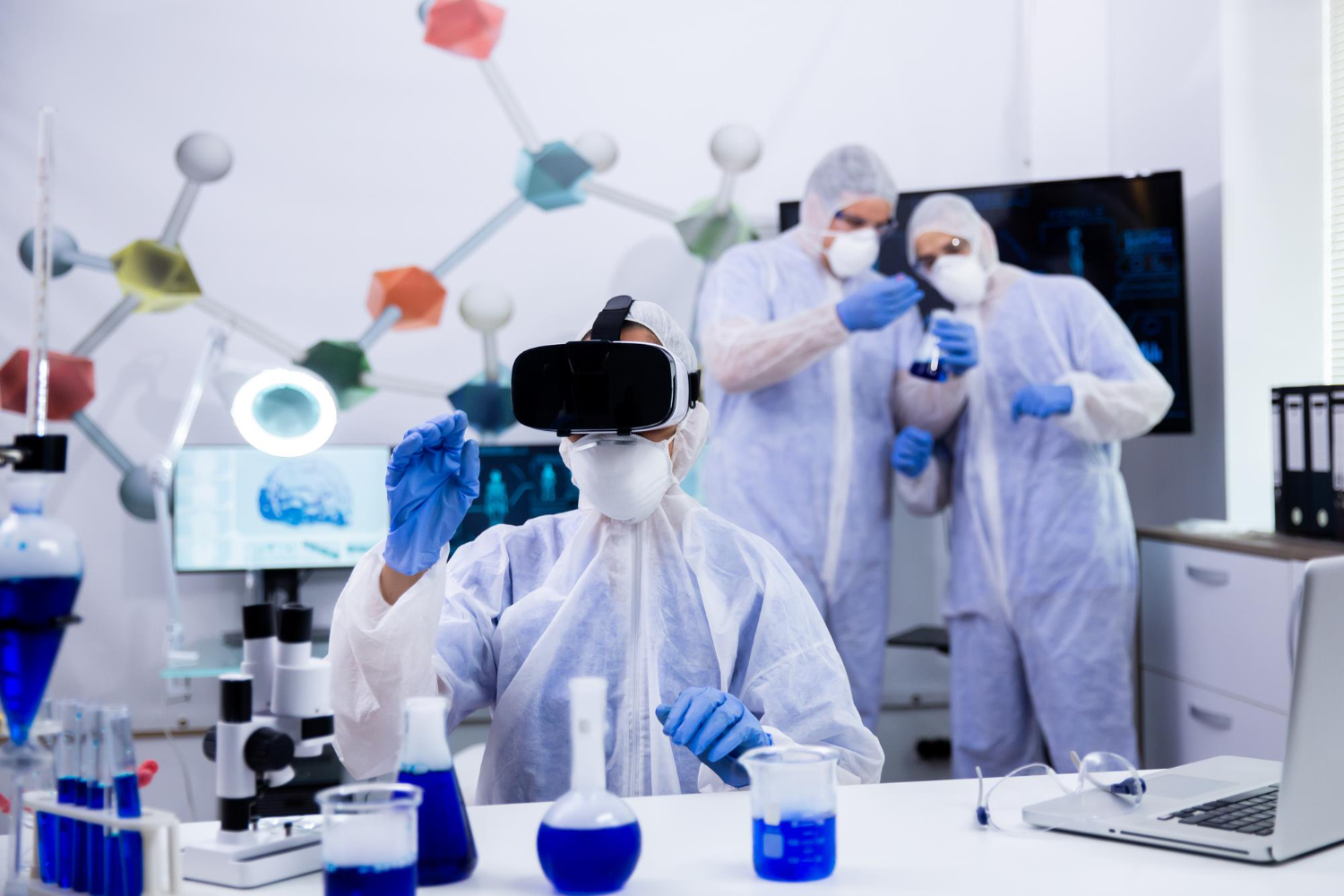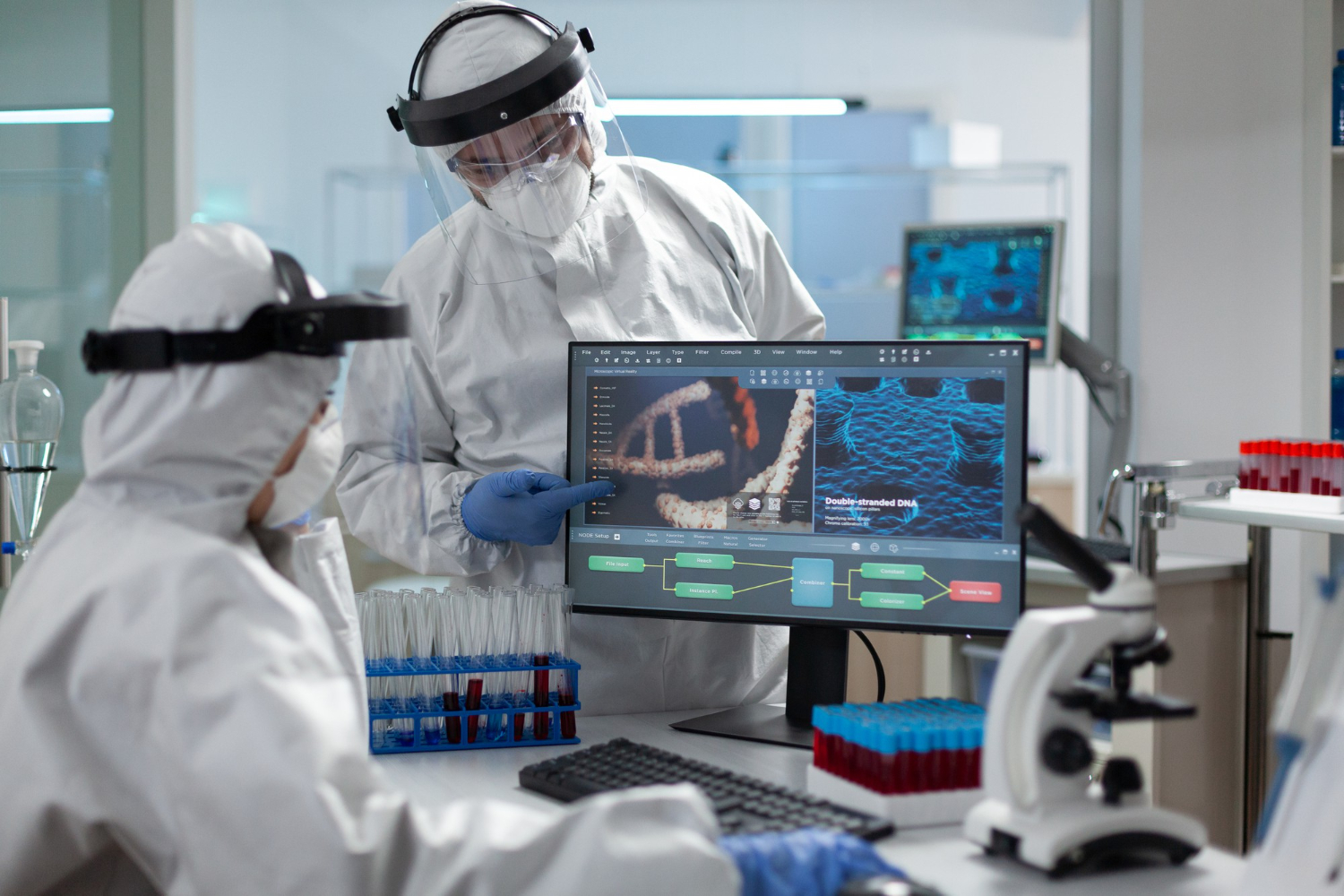Introduction to Computer Vision
Computer vision is a field of artificial intelligence (AI) that enables computers to interpret visual data. It allows machines to process digital images and videos, extracting meaningful information to perform tasks that typically require human vision.
Fundamentals of Computer Vision
At its core, computer vision involves several key components:
-
Image Acquisition: Capturing digital images or video frames from cameras or sensors.
-
Preprocessing: Enhancing image quality and preparing data for analysis.
-
Feature Extraction: Identifying important aspects of the image, such as edges, textures, or shapes.
-
Object Detection and Classification: Recognising and categorising objects within the image.
-
Post-processing: Refining results and integrating them into applications.
These steps enable computers to analyse visual information effectively.
Read more: What is Feature Extraction for Computer Vision?
Convolutional Neural Networks (CNNs)
Convolutional neural networks are a key part of computer vision work. They help computers understand what is inside digital images.
CNNs do this by using a series of layers. Each layer finds certain patterns. These patterns might be edges, shapes, or textures.
The first layers often detect simple things, like lines or corners. Deeper layers can find more complex patterns. For example, a network might start by seeing a circle.
Later, it may use that to find a face or a wheel. This step-by-step way of learning helps the system become more accurate.
A big reason why CNNs are so useful is that they need less manual input. In the past, people had to write rules for what to look for in an image.
Now, CNNs can learn this on their own. They learn from data. The more images you give them, the better they get.
CNNs also help with object detection. They can look at a single image and find all the items inside it. This is helpful in many fields. In factories, CNNs help check if products are made correctly.
In hospitals, they help doctors study scans. In cars, they help machines spot people, signs, or other vehicles.
Another use of CNNs is in real-time video. They can look at live video and make quick decisions. This is useful in traffic cameras or smart security systems.
These systems need fast responses. CNNs make that possible.
Training a CNN takes time and data. You need a lot of labelled images. The computer learns by comparing its guesses to the right answers.
Then it adjusts its settings to do better next time. Over time, the system gets more accurate.
At TechnoLynx, we use CNNs to build smart computer vision systems. We design models that suit the task. Whether it is object tracking, quality control, or image classification, we can build it.
Read more: Content-based image retrieval with Computer Vision
Object Detection and Tracking
Object detection is one of the main jobs in computer vision. It means finding objects in a picture or video. This could be people, cars, animals, or anything else that matters.
The system draws a box around each item and labels it. It does this using machine learning and image classification.
Tracking goes a step further. It follows the same object from one frame to the next. For example, in real-time video, a car may move across the screen.
Object tracking keeps an eye on it and shows where it goes. This helps in traffic control, retail analytics, and smart security systems.
These systems often work together. First, object detection finds what is in the frame. Then tracking takes over to follow those items. When used with real-time video, this setup can monitor crowds, check safety, or manage stores.
Object detection and tracking also work well with IP cameras and mobile devices. These devices send video to a computer or cloud service. The system processes the video footage to find and follow important items. This improves safety and makes sure things run smoothly.
In factories, these systems help with quality control. They watch products as they move along a line. If something is broken or missing, the system can stop the process or alert staff. This helps save time and reduce waste.
Tracking is also used in autonomous vehicles. These cars need to know where people, cars, and signs are at all times. The system must spot each item and track its movement to drive safely.
Read more: AI Object Tracking Solutions: Intelligent Automation
Optical Character Recognition (OCR)
OCR is a technology that converts different types of documents, such as scanned paper documents or images captured by a digital camera, into editable and searchable data. It enables computers to read text from images, facilitating tasks like digitising printed documents or reading licence plates.
Real-Time Video Analysis
Real-time video analysis allows systems to process and interpret video feeds instantly. This capability is essential in scenarios like security monitoring, where immediate detection of unusual activities is critical. By analysing video in real-time, systems can trigger alerts and responses promptly.
Applications of Computer Vision
Computer vision is used in many fields. It helps make tasks easier, safer, and faster. One key area is health care.
Doctors use computer vision to read medical scans. It helps spot problems early. It supports faster diagnosis and better treatment.
Retail stores also use computer vision. Cameras can track what items are picked up or put back. This gives useful data about customer choices.
Stores also use it for smart security. Cameras spot theft or track movement patterns.
In farming, computer vision checks crops. It spots disease, checks size, and tracks growth. This helps farmers take action early. It also supports better food quality.
In factories, computer vision is used for quality control. It checks each item for defects. If a product is damaged, the system spots it straight away.
Sports use it too. Systems track players, the ball, and movement. It gives insights for coaches. It also helps referees make better calls.
Smartphones use it to sort photos. The system groups photos by faces, places, or things. It helps users find images faster.
At airports, it helps in face matching for ID checks. This makes travel smoother and safer.
Computer vision enables many smart features that help solve real-world problems.
Read more: Computer Vision in Smart Video Surveillance powered by AI
Deep Learning Models in Computer Vision
Deep learning models are used in most modern computer vision systems. These models learn from large sets of digital images. They do not need manual rules to work. Instead, they learn patterns and features by training on data.
One strong point of deep learning is that it works well with real-time video. The model processes frames as they arrive. It can make quick decisions, like spotting objects or tracking movement. This helps in areas like video surveillance and smart traffic systems.
Deep learning also supports image classification. A trained model can look at a single image and say what is in it. It can label animals, objects, or even signs. This works well in both colour and black-and-white images.
Some models can even combine tasks. They might detect objects, track them, and label them at the same time. This makes them very useful in systems where fast and accurate results matter.
These models are also flexible. They can be adjusted or retrained when data changes. This makes them suitable for long-term use. As data grows, the models learn better ways to solve real world problems.
Deep learning keeps improving, and it plays a key role in how computer vision technology works today.
Challenges and Considerations
While computer vision offers numerous benefits, it also presents challenges:
-
Data Quality: The accuracy of computer vision systems heavily depends on the quality and diversity of training data.
-
Computational Resources: Processing high-resolution images and videos requires significant computational power.
-
Privacy Concerns: The use of surveillance and facial recognition technologies raises ethical and privacy issues.
Addressing these challenges is crucial for the responsible development and deployment of computer vision technologies.
Read more: Computer Vision in Self-Driving Cars: Key Applications
The Role of TechnoLynx
At TechnoLynx, we specialise in developing computer vision solutions tailored to your needs. Our expertise includes:
-
Designing and implementing object detection and tracking systems.
-
Developing OCR applications for document digitisation.
-
Creating real-time video analysis tools for security and surveillance.
-
Building deep learning models for image classification tasks.
We work closely with clients to understand their requirements and deliver solutions that enhance efficiency and effectiveness.
Read more: Machine Vision vs Computer Vision: Key Differences
Conclusion
Understanding the fundamentals of computer vision is essential in today’s technology-driven world. From object detection to real-time video analysis, computer vision enables computers to interpret visual data, offering solutions to various real-world problems. As the field continues to evolve, it will play an increasingly vital role in numerous industries.
For more information on how TechnoLynx can assist with your computer vision projects, please contact us.
Image credits: Freepik













